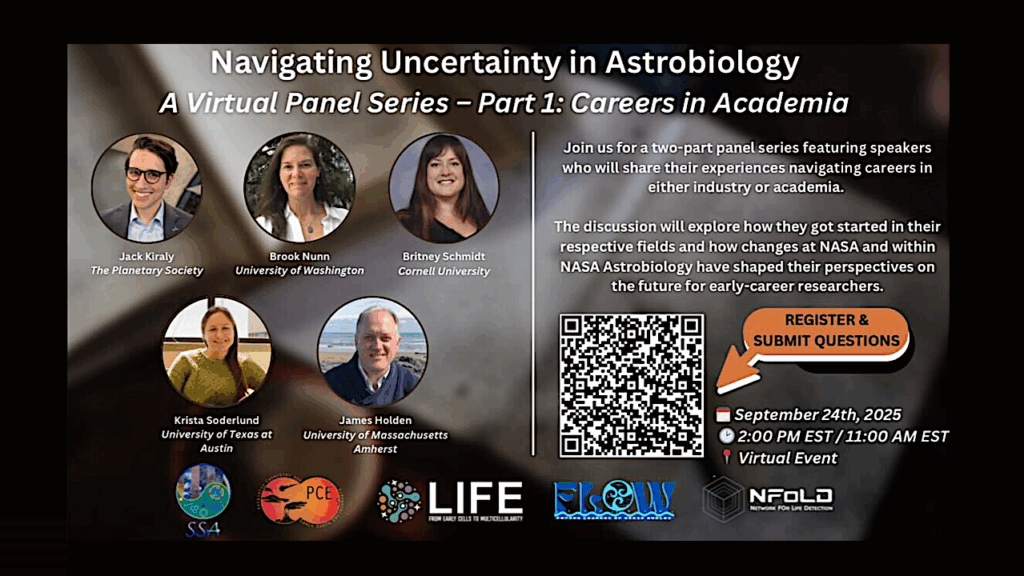NASA Selects Science Teams for Astrobiology Institute
NASA has awarded five-year grants totaling almost $40 million to five research teams to study the origin, evolution, distribution, and future of life in the universe.
The newly selected teams are from the University of Washington; Massachusetts Institute of Technology; University of Wisconsin, Madison; University of Illinois, Urbana-Champaign; and University of Southern California. Average funding to the teams is almost $8 million each. The interdisciplinary teams will become members of the NASA Astrobiology Institute (NAI), headquartered at NASA’s Ames Research Center in Moffett Field, Calif.
“These research teams join the NASA Astrobiology Institute at an exciting time for NASA’s exploration programs,” said John Grunsfeld, astronaut and associate administrator for NASA’s Science Mission Directorate in Washington. “With the Curiosity rover preparing to investigate the potential habitability of Mars and the Kepler mission discovering planets outside our solar system, these research teams will help provide the critical interdisciplinary expertise needed to interpret data from these missions and plan future astrobiology-focused missions.”
The University of Washington’s “Virtual Planetary Laboratory,” led by Victoria Meadows, will integrate computer modeling with laboratory and field-work across a range of disciplines to extend knowledge of planetary habitability and astronomical biosignatures in support of NASA missions to study extrasolar planets.
The Massachusetts Institute of Technology team, led by Roger Summons, will focus on how signs of life are preserved in ancient rocks on Earth, with a focus on the origin and evolution of complex life, and how this knowledge can be applied to studies of Mars using the Curiosity rover.
The University of Wisconsin team, led by Clark Johnson, will study how to detect life in modern and ancient environments on Earth and other planetary bodies.
The University of Illinois team, led by Nigel Goldenfeld, seeks to define a “universal biology,” or fundamental principles underlying the origin and evolution of life anywhere, through an interdisciplinary study of how life began and evolved on Earth.
The University of Southern California team, led by Jan Amend, will study life in the subsurface, a potentially habitable environment on other worlds. They will use field, laboratory, and modeling approaches to detect and characterize Earth’s subsurface microbial life.
“The intellectual scope of astrobiology is breathtaking, from understanding how our planet went from lifeless to living, to understanding how life has adapted to Earth’s harshest environments, to exploring other worlds with the most advanced technologies to search for signs of life,” NAI Director Carl Pilcher said. “The new teams cover that breadth of astrobiology, and by coming together in the NAI, they will make the connections between disciplines and organizations that stimulate fundamental scientific advances.”
These five new teams join 10 other teams led by the University of Hawaii; Arizona State University, Tempe; The Carnegie Institution of Washington; Rensselaer Polytechnic Institute, Troy, N.Y.; Pennsylvania State University; Georgia Institute of Technology; and teams at Ames; NASA’s Goddard Space Flight Center in Greenbelt, Md.; and two teams at NASA’s Jet Propulsion Laboratory in Pasadena, Calif.
For more information about the new teams, NAI, and NASA’s astrobiology program, visit: http://astrobiology.nasa.gov








